“Across the curve of the earth, there are women getting up before dawn, in the blackness before the point of light, in the twilight before sunrise; there are women rising earlier than men and children to break the ice, to start the stove, to put up the pap, the coffee, the rice, to iron the pants, to boil water for tea, to wash the children for school, to pull the vegetables and start the walk to market, to run to catch the bus for the work that is paid.
…They have tried to tell me that this woman – politicized by intersecting forces – doesn’t think and reflect on her life. That her ideas are not real ideas like those of Karl Marx and Simone de Beauvoir. That her calculations, her spiritual philosophy, her gifts for law and ethics, her daily emergency political decisions are merely instinctual or conditioned reactions. That only certain kinds of people can make theory…”
—Adrienne Rich, Notes Towards a Politics of Location (1984)
Womb of Fire emerges from this terrain to illuminate the voices of Vietnamese female artists through 100 works by artists from Vietnam, its diaspora, and non-binary communities. Initiated by curator Do Tuong Linh, with the support of Nguyen Vu Thien An and Carmen Cortizas, Womb of Fire argues that: while Vietnamese women artists have long been just as active as their male counterparts, they have rarely been recognized, connected, or given space to engage in dialogue with the public or with one another.
In an essay on “invisible women,” scholar Nora Taylor writes of movements that persist in plain sight yet remain unseen, many female artists in Vietnam live and work in the same city without knowing of each other’s existence. Each carries multiple roles: artist, mother, caregiver, daughter. Even when they resist, the expectations attached to womanhood in society are inescapable. In this sense, Womb of Fire seeks to open up dialogues: among Vietnamese female artists, between generations, and with their audiences.
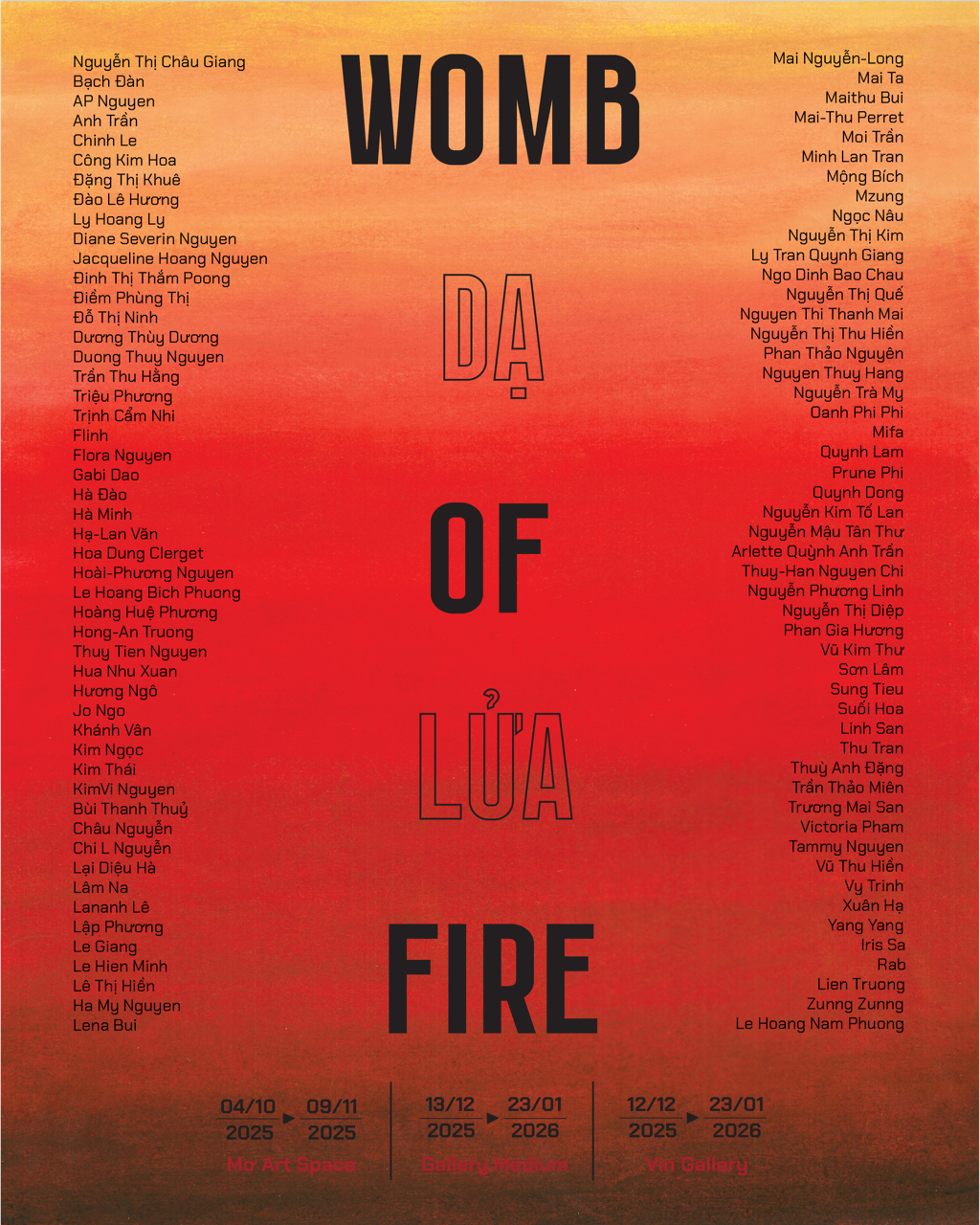
Rejecting categorizations and fixed narratives, the exhibition embraces a fluid curatorial approach: one idea, many voices. Across time and geography, from Vietnam to its diaspora, the participating artists reflect on what it means to be a woman, and specifically, a Vietnamese woman. This reflection is embodied in the works themselves: nearly 40% of the pieces are newly commissioned. Their presence underscores the contemporary resonance of Womb of Fire, while fostering a dialogue between modern pioneers and today’s artists.
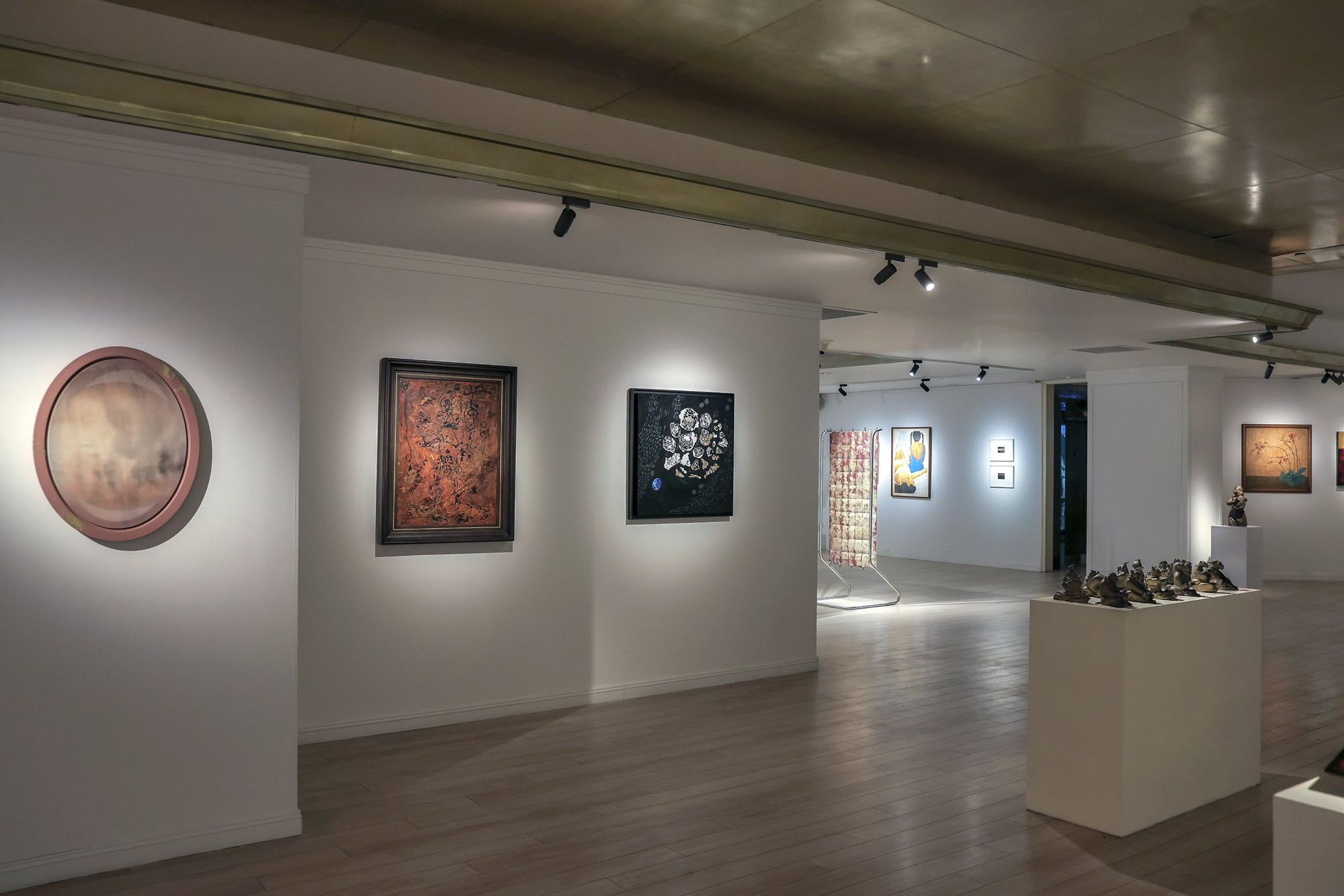
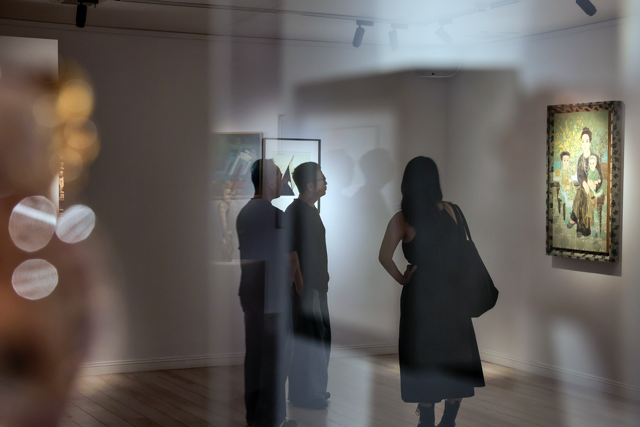
Keeping in mind that “we don’t want this to be just another exhibition,” the show brings together paintings and installations across diverse media, sizes, and scales—each serving as an invitation for visitors to slow down, engage, and spend time, rather than viewing it as mere spectacle. Diem Phung Thi, Mong Bich, Nguyen Phuong Linh, Tammy Nguyen, Quynh Mai Ta stand as prominent figures in the exhibition.
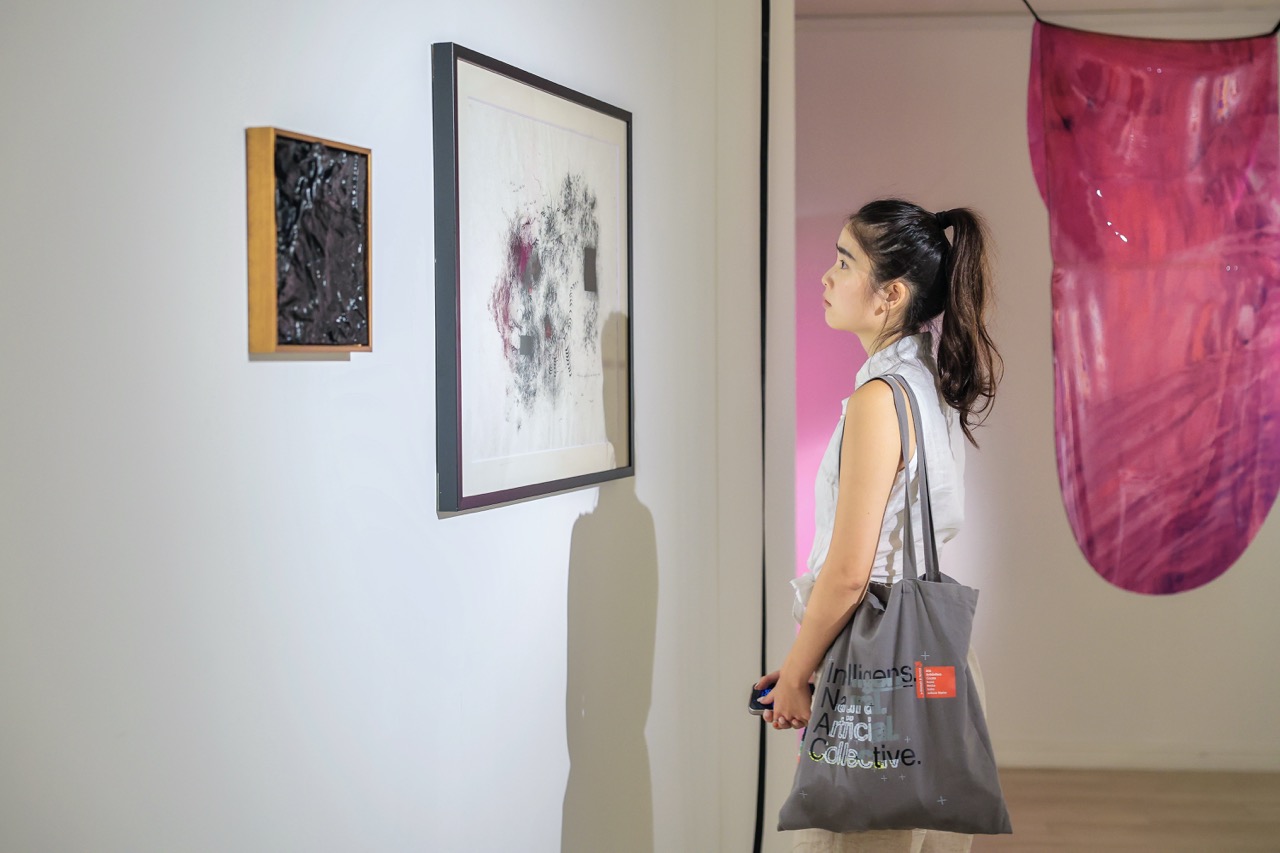
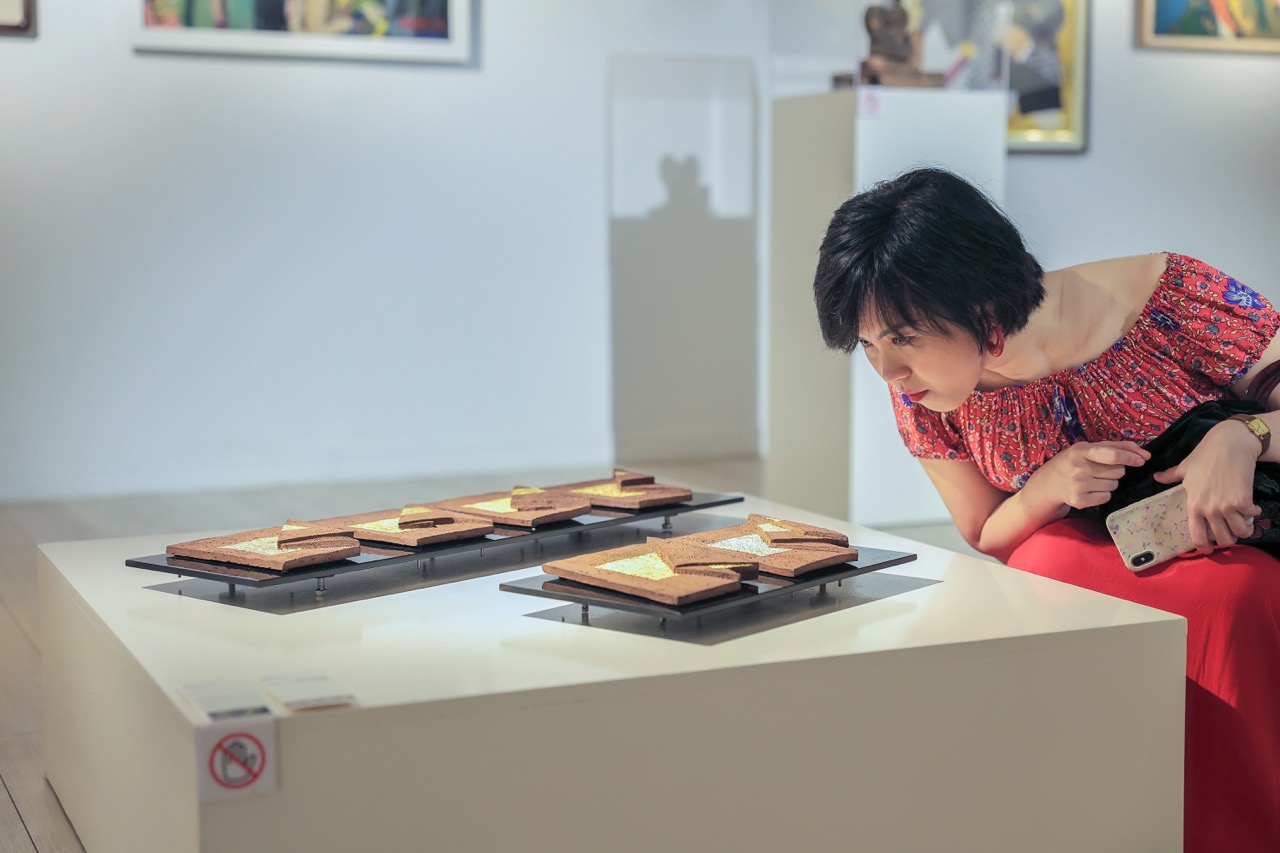
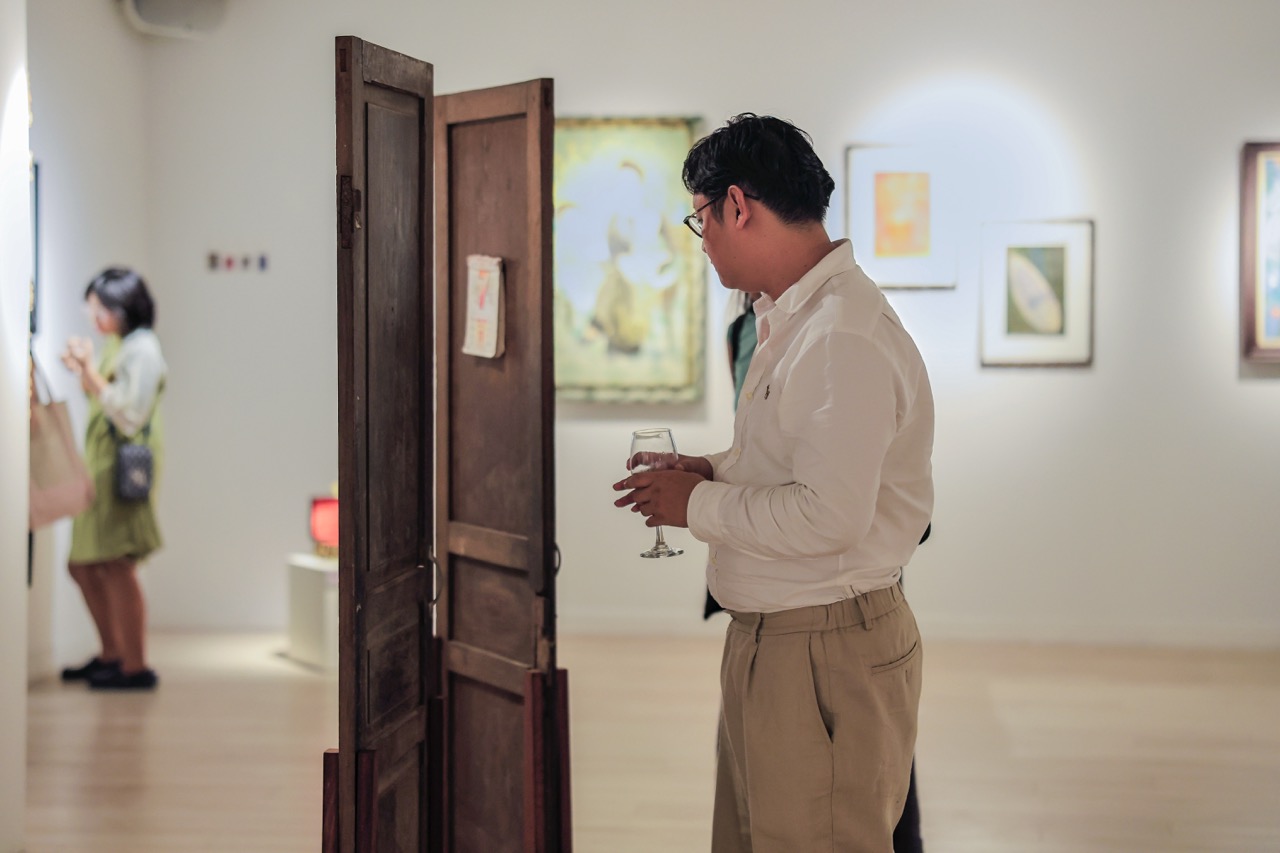
One of the works visitors can physically engage with is The Man Who Fell Asleep, and the Door That Opened to an Unnamed Place by Xuan Ha. The installation evokes a liminal space where memory and reality blur, and the line between presence and absence quietly unravels. Viewers are invited to glimpse through four small openings on one of the doors to discover hidden photographs captured spontaneously in early 2020 of the artist’s parents resting during her grandfather’s funeral. On the opposite door hangs a portrait of the grandfather as a young man beside his four daughters, while an old flip calendar, retrieved from the suitcase he left behind, can be gently turned by hand.

In Where the Thoughts Rest— a delicate box filled with handwritten letters on silk and rice paper, Le Hoang Bich Phuong poetically examines the act of holding onto memory. “The way I flatten silk,” she writes, “is akin to the way I attempt to clarify my memories. Silk can be pressed smooth, neat, and clear but ambiguity cannot. The visible threads (the evident events) remain sharp, yet the mind softens, idealizes, or romanticizes the fragmented traces over time. In the end, we only remember what we choose to remember.” Visitors are invited to gently unfold each sheet of rice paper, only to find them unfolding endlessly like the elusive nature of memory itself.
The exhibition also seeks to challenge the very notion of what is considered “traditionally Vietnamese.” “When we have artists across the diaspora, or younger artists living in Vietnam engaging in more international conversations, this idea becomes more complex. And this new generation approaches the subject of women beyond the boundaries of traditional virtue and custom,” curator Do Tuong Linh explains.
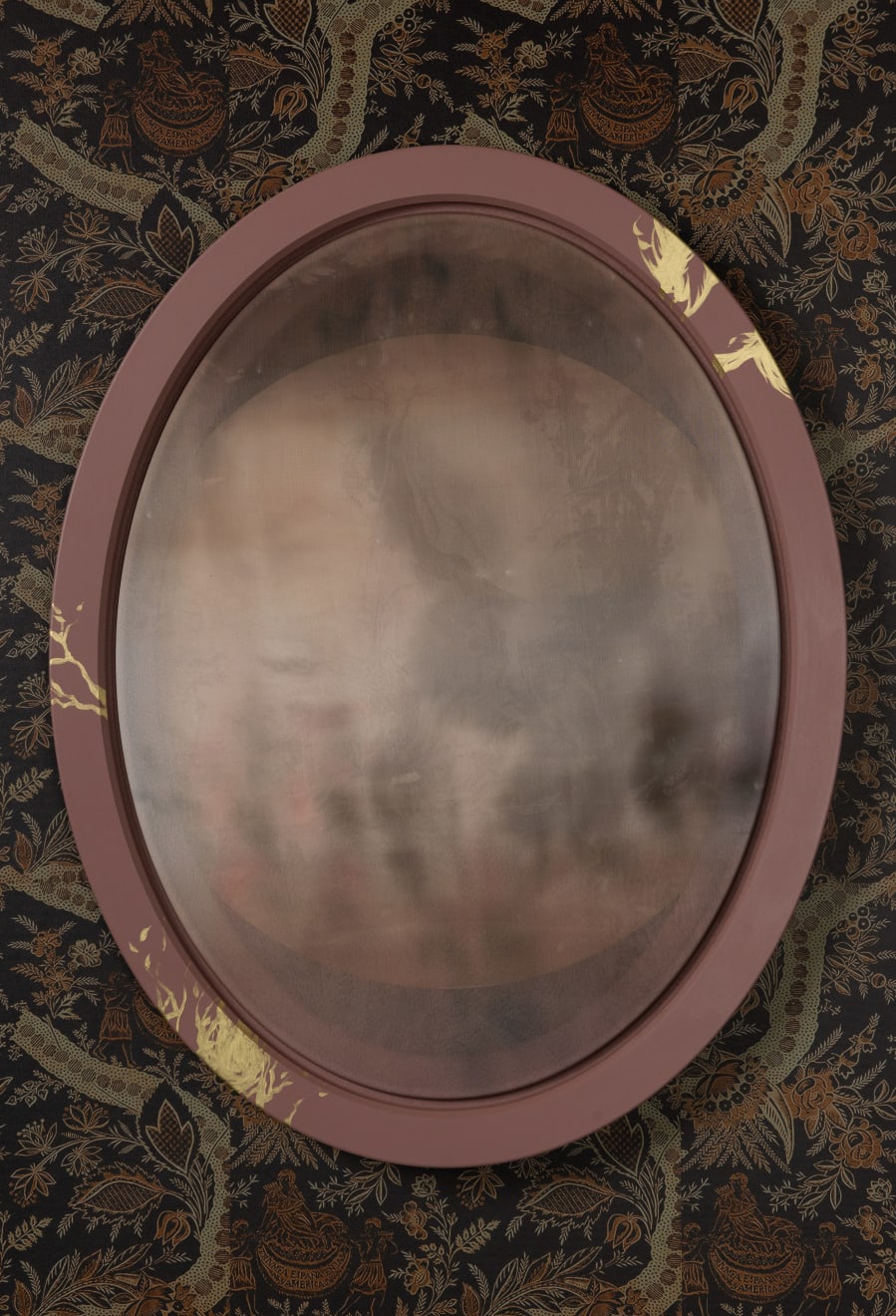
Silk painting continues to be the core practice of Lien Truong, through which she dissects social, cultural, and political history, investigating the influences that shape contemporary identity and belief systems.
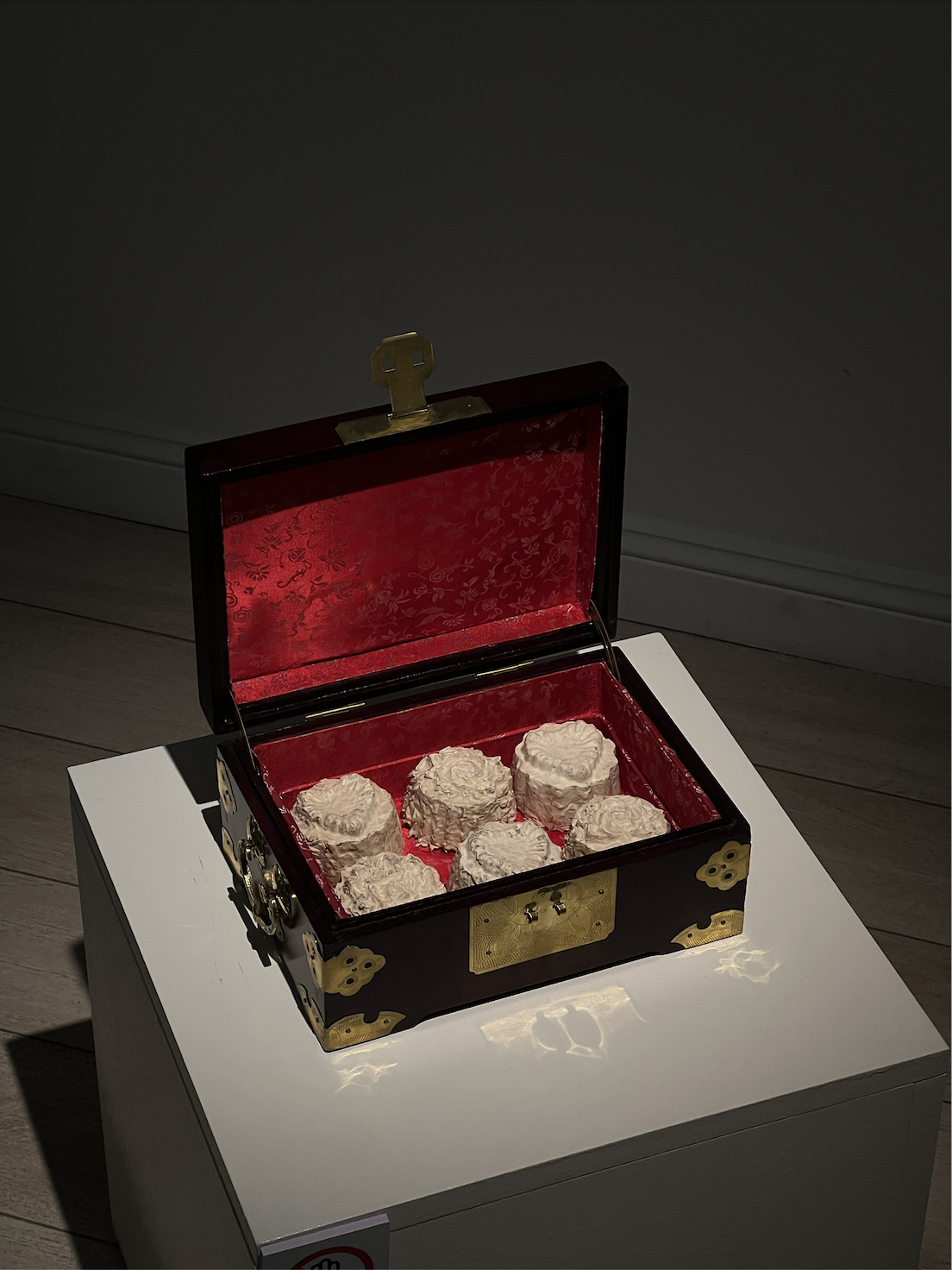
Victoria Pham’s Rooted Relics, her ongoing sculptural series, mycelium-cast works blur the lines between organic growth, archaeological artefacts and Vietnamese food culture. Drawing from heirlooms and domestic memories of her Vietnamese-Australian upbringing, Pham’s work questions what we choose to preserve, what inevitably decays, and how cultural legacies and family archive-keeping might endure and evolve in unexpected ways.
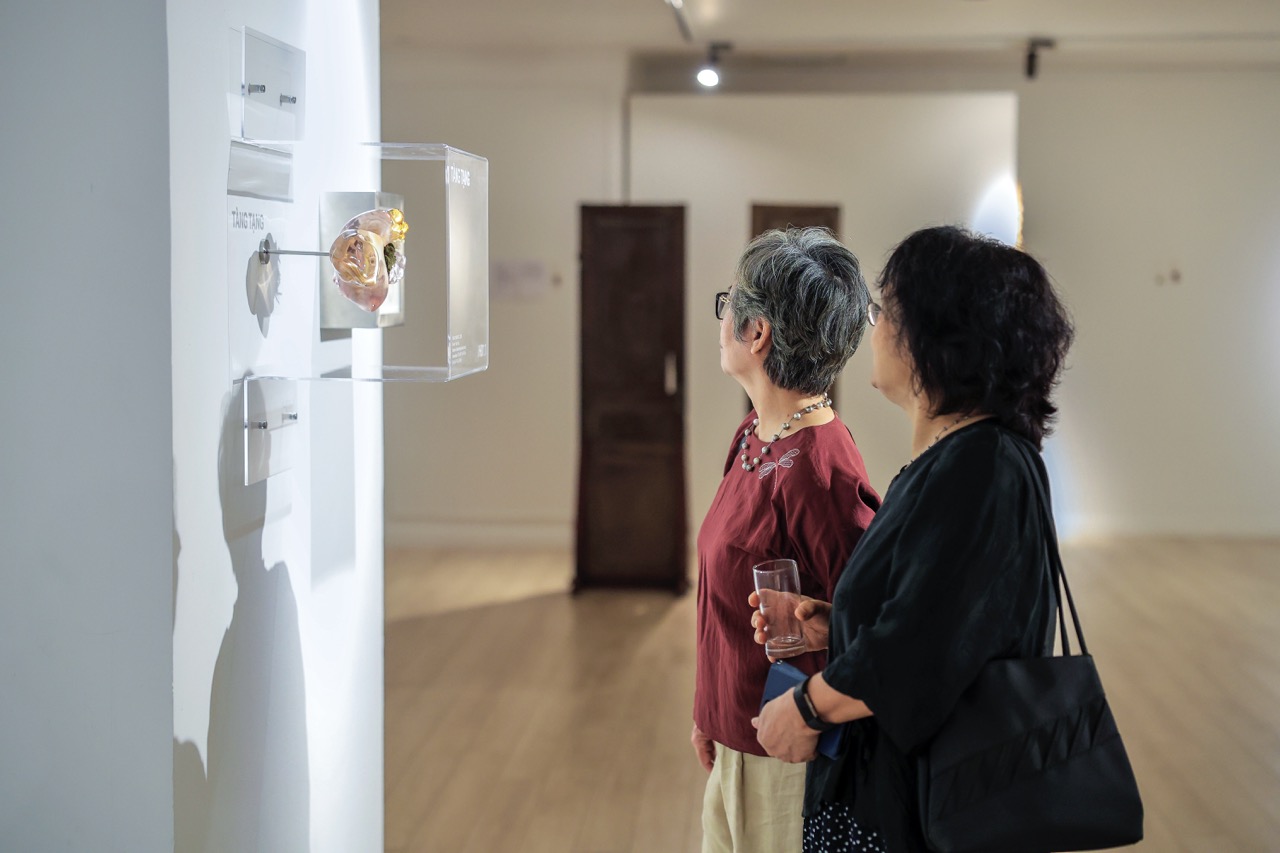
The exhibition does not aim to emphasize gender struggle or fight for feminism. It simply gives space to Vietnamese female artists.
Tuong Linh notes that the artists don’t wish to be defined solely by their gender and the goal isn’t to make people think, ‘I want to see this show because it’s a women’s exhibition.’ Yet, there lies a delicate tension between not fighting and holding space for what has yet to be granted one. Much like how “doanh nhân” (businessman) in Vietnamese stands alone, while “nữ doanh nhân” (businesswoman) carries an added qualifier, equality remains measured through language that quietly preserves its own hierarchy.
“Gender identification is inevitable, it helps people understand what the exhibition is about, but awareness of this act of identification is, in itself, part of the work,” says Do Tuong Linh.
“There have been exhibitions about Vietnamese female artists before,” Linh continues, “but they were often filtered through a male gaze or viewed from a foreign perspective. What matters here is that Womb of Fire was curated by Vietnamese women.” And in that alone, there is power.
Womb of Fire is currently on view at Mơ Art Space in Hanoi until November 9th, 2025.
